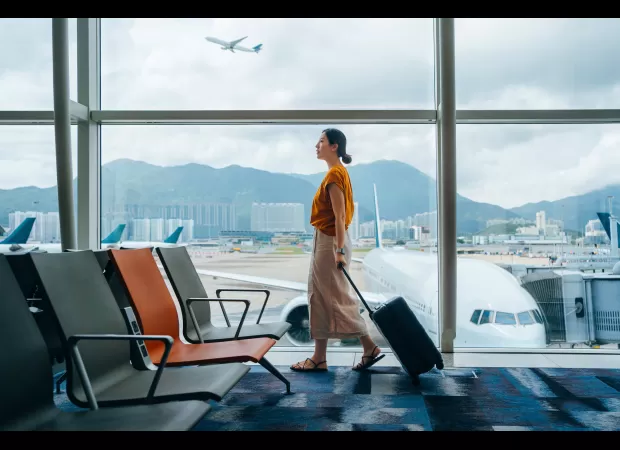Flying soon? These UK airports have already eliminated their restrictions on liquids.
Goodbye to the 100ml rule.

Goodbye to the 100ml rule.
1 Views


